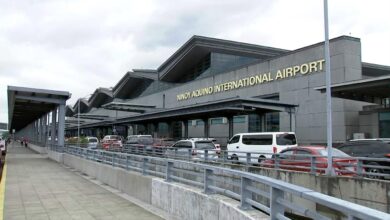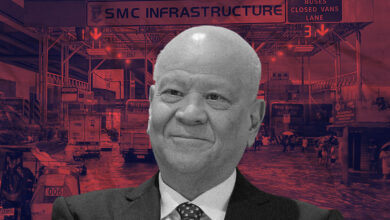
PAREX: The Good, The Bad, and The Ugly
Never has an infrastructure project gained notoriety in such a short time than the controversial Pasig River Expressway (PAREX). There have been countless articles, editorials, and social media posts in the past month or so. They have discussed the merits and drawbacks of this project. What are people saying, and why is it such a big deal in the first place?
If you haven’t heard of it yet, PAREX is a joint venture between Philippine National Construction Corporation (PNCC) and San Miguel Corporation (SMC). It was recently given the green light by the Philippine government last month. Since that announcement, several transport groups and other critics have relentlessly opposed it. In unpacking this issue, it’s best to start with what the vision for the PAREX really is.
The Good: A Privately-Funded and Noble Project
The PAREX project is a 19.37 KM, six-lane elevated highway that will run along the banks of the Pasig River. A statement released by SMC explains that it will connect the City of Manila via Radial Road 10 with Taguig via C-6 road (or the future South East Metro Manila Expressway). It will eventually connect to several major arteries of the Metro, including one of SMC’s latest projects, the Skyway Stage 3.
However, it’s not just another highway along the banks of the river. According to SMC, it will be “the first privately-funded road network in the country that combines sustainability features with the functionality of a safe and efficient transport infrastructure that the country is sorely lacking.” The idea is that they will invest not just in putting up a highway, but in Pasig River itself.
“This will be an inclusive, user-centered infrastructure that will integrate various modes of transportation beyond cars. It will have dedicated bike lanes, walkways, a bus rapid transit system, among others” explains SMC President Ramon S. Ang. This is a ₱95 billion project that SMC will shoulder fully – no government or taxpayer money will be used.
The great thing here is that they have already previously invested in the clean up of the Tullahan-Tinajeros River, a major tributary of the Pasig River. In addition, they are slated to spend ₱2 billion on the Pasig River cleanup project. On the surface, everything seems to be well and good.
READ: The Pasig River: A Short History and a Timely Renaissance
The Bad: A Disaster Waiting to Happen
Shortly after this announcement, mainstream and social media became filled with a flurry of protests against the PAREX. Arguably the most vocal of critics has been urban planner Paulo Alcazaren, who is adamant about it not being the best solution to traffic in the Metro, contrary to SMC’s claims.
Some environmental and transport groups have even created a petition to stop the construction of PAREX, on the grounds that the harm far outweighs the benefits. The petition cites several issues with the project, namely:
- Worsen and not solve traffic congestion (following the idea of “induced demand”),
- Violates the Philippine National Transport Policy,
- Anti-poor and will further cement the inequity on our roads
- It will kill the Pasig River
- It will erase “our people’s bond with the river”
- Ends efforts to restore the beauty of the river
- Worsen air pollution and destroy the river’s ecology
- It will have additional economic costs
- Its very approval violates due process
The above perhaps is the condensed version of all the negatives brought up regarding PAREX. In addition, there are also some point-by-point criticisms from environmental, heritage, and mobility groups that are opposing the project.
The Ugly: A Lack of Dialogue
Worst of all is that with everything critics have brought up, there still seems to be a wide disconnect between voices in this discussion. There are plenty of valid concerns that SMC needs to address. There have been several calls for them to revise their proposal by consulting relevant stakeholders.
Unfortunately, we have reached a critical point this early wherein misinformation has been spreading on social media about PAREX, further confusing the public. The messy online discourse is fanning the flames on an already complicated issue. As a response, SMC released a statement blasting critics, calling it “part of an orchestrated and continuing demolition job.” This, of course, was not received well by said critics.
It’s sad because both sides are coming from a place of seemingly good intentions. At the end of the day, the problem here is that there seems to be a lack of dialogue between the aforementioned groups and SMC. Hopefully, a resolution will be met for this issue, reconciling the valid points from both sides.
Both the project and its criticisms come from a good place. One thing is clear though – without renewed dialogue, the future of the PAREX will still be mired in controversy.




